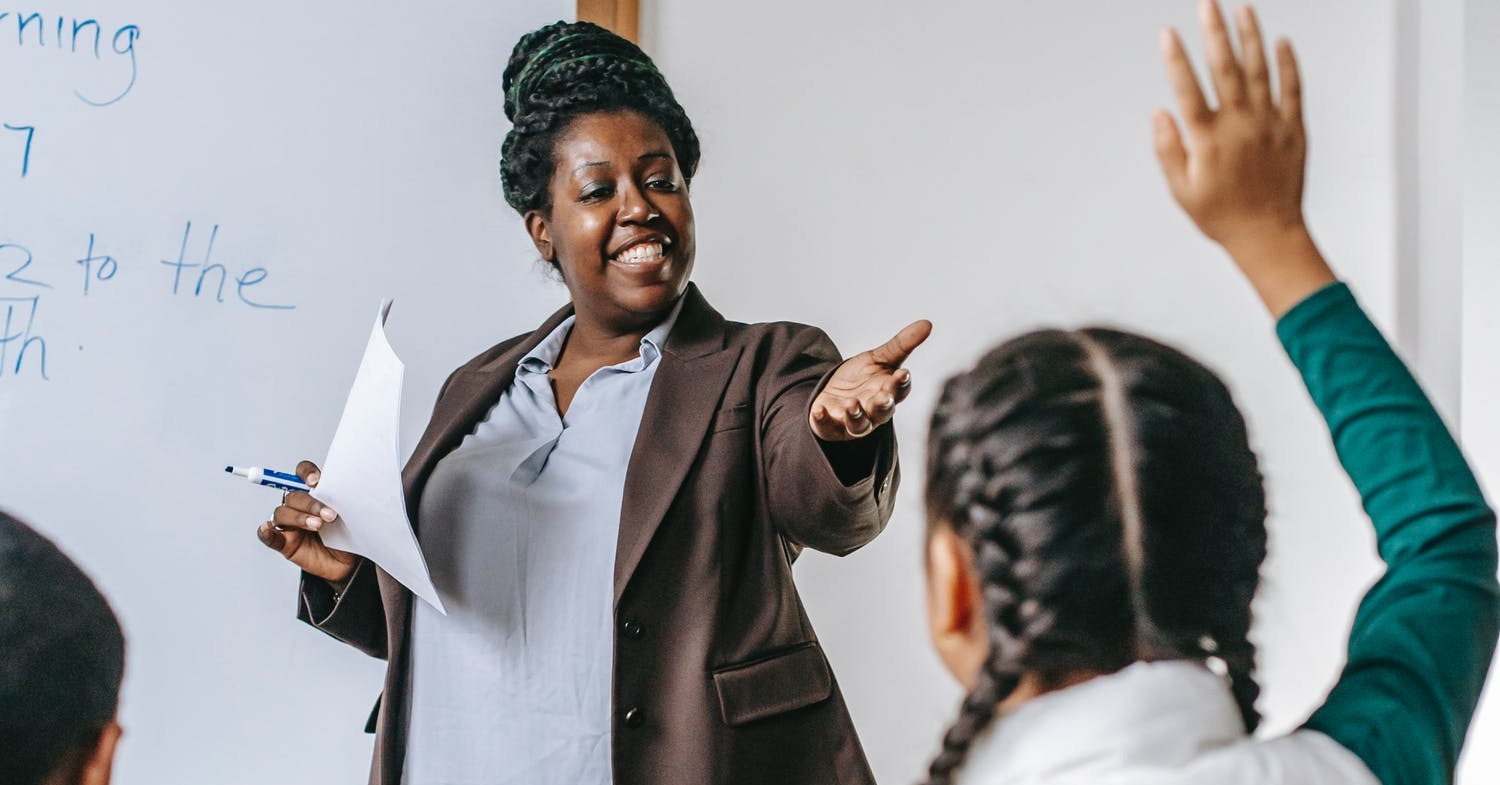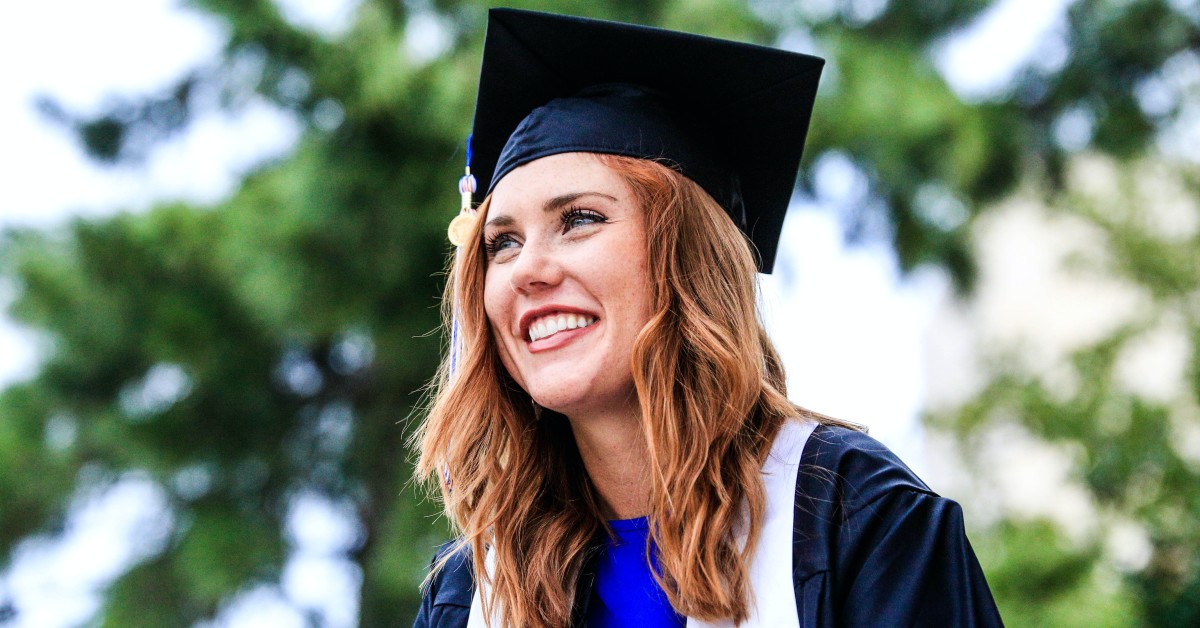
Is a Doctorate in Educational Leadership Actually Different From All the Other EdD Degrees?
Educational leadership programs aren't doctoral students' only option if they're [...]
Even if all special educators believed in and advocated for full inclusive education, it would be doomed to fail. The reason is math: There are more general education teachers than special education teachers.
Dr. Erin Studer, the principal of CHIME Institue in California, shared this analogy with me once. When the special education department leads the charge for inclusion, it’s like a scene in the 90s movie Braveheart. William Wallace (played by Mel Gibson), a knight in the Scottish War for Independence, gives a speech to his Scottish band of warriors, imploring them to “go fight,” and that “they’ll never take our freedom!” Then, as they charge down the grassy knoll, they are slaughtered by the English. It did not matter how noble their cause was, they didn’t have as many people.
It doesn’t seem to matter that advocates for inclusive education have data on their side. The benefits of inclusive education have been well-documented in educational research for decades. If you are an educator who wants to see a change to inclusive practices in their school or district, it can feel like a hopeless slog. I’ve been there. And, I can tell you, no amount of research is going to sway anyone to change from a segregated system to a more inclusive one.
So, what can we do? The most important thing for you to realize is that change takes time. Like my friend Mark Crenshaw, Director of Interdisciplinary Training at Georgia State University, says, “systems change really is just conversations over time.”
I’ve spent many hours of my life worrying over things I can’t control. So my first suggestion for advocates to focus on what is right in front of you.
If you are a special education teacher, think about the students you serve. How can you assure that the setting you teach in is the most inclusive as possible? That may look like having class discussions about how everyone has strengths and weaknesses.
This may mean reframing the behavior of a student in your class from “being manipulative” to “knowing how to get their needs met.” It also can mean starting to push your students from segregated settings into general education settings. Most importantly, how we respond to others is the thing that we can control the most.
| University and Program Name | Learn More |
|
Merrimack College:
Master of Education in Teacher Education
|
When I stepped in my current role as a consultant with my school district, they already knew my propensity for inclusive thinking. What they didn’t know was what kind of trouble I was going to cause. But, I’ll let you in on a secret that I don’t mind if my employer knows about or not.
Every day as an educator (whether you are in the classroom or not), you have to make decisions that affect students and their families. All you have to do is make the next right decision. Ask yourself, what is the next right choice to support this student? As someone who is focused on inclusive education, that choice can be difficult sometimes, but I always remember that inclusion is a mindset, not a classroom.
The word “inclusion” comes with a lot of baggage. The lack of progress may be a symptom of a more substantial misunderstanding of what it means. When I was a special education classroom teacher, I was always telling my paraprofessionals my dreams for our students. I had conversations with fellow teachers in my school (who weren’t special education teachers) because I knew that they were the ones I had to convince. I wrote a document called “My Ideal World,” where I outlined how my students could be included in homerooms with their non-disabled peers to start the day and then come back to the special education classroom.
In my current role, I’ve shared my vision with my supervisor of special education. I have given presentations at the schools that I support on inclusive practices. Does it mean that everywhere I am, inclusive education just magically happens? No. But every day, I try to push the movement forward.
Maybe you feel alone. Like you are the only one thinking about inclusion. You aren’t. But like many educators, you don’t know how to talk about inclusive education without getting ire from either extreme of the inclusive camps. This is why you need to find your people. And if there is no one at your school or even district who thinks like you, find your tribe on social media. There is a whole world of educators who want to see inclusive education move forward. Remember, it is not only in the United States that inclusion is a hot topic.
Advocacy is not easy work. It takes time, energy, and grit. If we want to see a more inclusive world, we are going to need to convince more than just the people who agree with us. We need to create a bigger tent that includes not only general education teachers but administrators and parents of children with disabilities. Then maybe we’ll stand a chance when we charge down the grassy knoll.
Questions or feedback? Email editor@noodle.com

Educational leadership programs aren't doctoral students' only option if they're [...]

Special education teachers take on challenges that general ed teachers [...]

Hint: the rules are murky. [...]

If you're considering a career rooted in EdTech, a master's [...]

There are a lot of social media platforms to choose [...]
Categorized as: Special Education, Education & Teaching